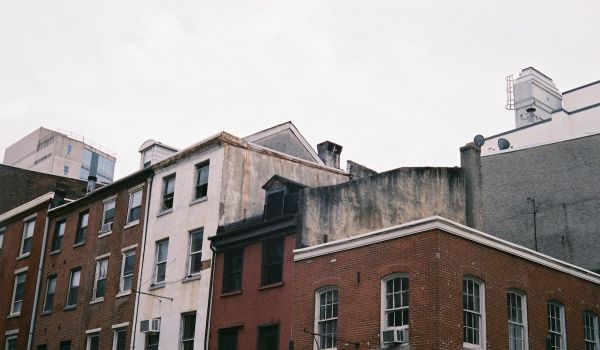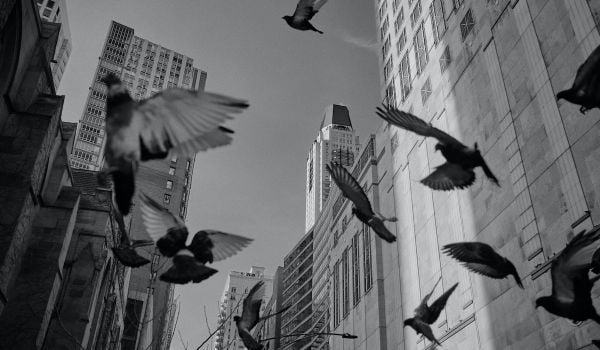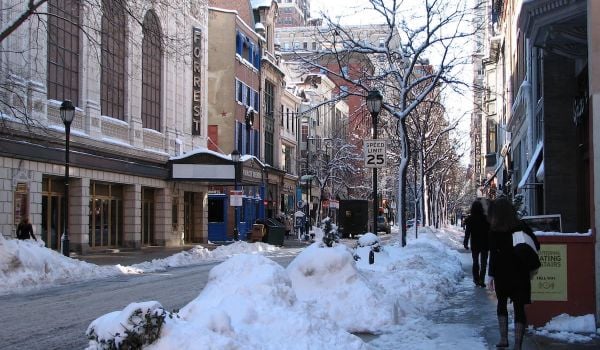The move towards greater online consumption is forcing place-based merchants to reevaluate the effectiveness of their real estate. Retail is thriving where planners recognize and emphasize the importance of unique location-identity. The enticement of your particular facility must outweigh the inertia that tempts the buyer to stay home to shop.
A symphony orchestra and an opera company can sell their artistic product online in the form of CDs, DVDs and downloads, but like so many location-based businesses their wares are actually an event that is best experienced live and onsite. A night at the symphony or the opera is one of the pinnacles of western artistic experience, yet these corporate arts institutions are becoming unable to attract audiences to their performances, and have recently begun to close down in record numbers. Smaller regional cities like Honolulu, Louisville and Syracuse all have symphony orchestras that have failed in the last few years, and even the Philadelphia Orchestra, one of the ‘Big Five’ of the nation’s most prestigious organizations, filed for Chapter 11 bankruptcy reorganization in April 2011.
The albatross around the neck of any performing arts organization is the performance hall’s outdated architectural language, made up of a coded and even mendacious vocabulary that has been inherited from 19th century Europe and embraced by an American ruling class eager to express its own civic magnificence in favor of showcasing the art that it celebrates.
The buildings that house some of the city’s proudest cultural achievements are likely to showcase themselves with impressive columns and sweeping entryways, badges of grand European palaces that express importance by means of magnificent gesture. Such classically inspired edifices claim sisterhood with city government and the courts of law and align themselves with the loftiest and worthiest of metropolitan aspirations. An opera house is far from an egalitarian pleasure palace; it positions itself architecturally as the playground of those comfortable in the corridors of City Hall or the Hall of Justice, and the formidable design ensures that it will be perceived as such.
War Memorial Opera House, performance venue of the San Francisco Opera. The imposing grandeur of the facade is as welcoming as a trip to traffic school | photo unattributed
For example, the opera box system, initially a way for the 17th century merchant city of Venice to ensure the financial stability of its first opera house, has become an empty, class-based architectural gesture to remind patrons of the social pecking order within their own ranks. Originally the boxes were curtained balconies giving on to apartments that were rented by the season to wealthy merchant families. Now a box is just an enclosure of four or five seats, each seat sold individually per performance; the box structure itself is meaningless.
The architecture of deception begins even outside the hall proper; the Box Office in the most recent of American examples is traditionally styled after some Gotham bank, with its intimidating grilles and ‘speak here’ communication slits, installed as if to keep the patron away from vast piles of gold bullion being wheeled into gloomy vaults. These barriers are erected to remind the public of the preciousness of the commodity on sale, but surely the simple exchange of plastic credit cards and cardboard tickets does not merit this distrust.
Small wonder that attracting an audience to a building so impregnated with self-importance and loaded with coded signals of class has proved so elusive. Generations younger than the Baby Boom are not complicit with this deception and understand that there is little percentage in passively furthering the interests of the ruling class. Theirs is neither the world nor the value system of the 19th century European bourgeoisie; their architecture reflects their concerns – take a look at any Apple store.
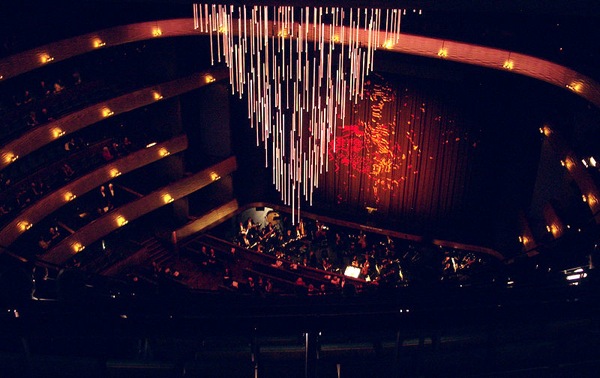
Interior of Winspear Opera House, performance venue of the Dallas Opera. | photo by Andreas Praefcke
Falling attendance and rising costs have forced The City Opera of New York (NYCO), or ‘The People’s Opera’, to leave its base at the newly renovated David Koch Theater in Lincoln Center in favor of a string of less prestigious but more modest, traditional venues. George Steel, NYCO’s embattled General Manager, recognizes the need to break out of the company’s architectural boundaries – “For now, our home stage will be New York City itself, a glittering theater with eight million seats.”
The numerous smaller venues that NYCO will use include El Museo del Barrio, the Brooklyn Academy of Music and the Gerald W. Lynch Theater of John Jay College, turning the company into a peripatetic People’s Opera, decentralizing the wealth and spreading the art form across the city. But it is not a transformational use of resources; if the economy is forcing a geographical diaspora away from the centralized arts mall, now is the time to investigate truly alternative sites around the city. How about empty Borders bookstores?
The decision to move has prompted howls of protest from the company’s performers and their unions, matched by the derision of a large number of industry professionals. According to Alex Ross, music critic at The New Yorker, “to restore its identity the company will need to have a real home.” The few uncoordinated voices from the music business that are in Steel’s corner offer sly encouragement on forums like Facebook – “If it’s not in an arts fortress, opera might be in danger of entertaining someone or slipping into some sort of meaningful relation to contemporary life.”
However, a visionary and revolutionary move would be away from the stolid arts architecture of the past and towards an imaginative and innovative use of overlooked buildings and spaces that are otherwise invisible. Removing the architectural prejudice inherent in the old buildings might invite new audiences to attend, and encouraging people to engage more closely and in new ways with their city can only be beneficial to civic life.
For example, The Dido Project’s 2008 performance of Purcell’s Dido and Aeneas in the Samsung Experience at the Time Warner Center was a masterpiece of site-specific programming. The hi-tech showroom packed with gadgets and flat screen TVs was a perfect Silicon Valley setting for the romance and betrayal of the updated company executive protagonists. It was a standing-room only event that drew a young crowd to an unusual location, by bringing such foot traffic into the store it presumably was of benefit to its hosts, and it could have run for longer. In Europe, the Birmingham Opera Company has performed in a derelict warehouse, an old car parts factory and a disused ice rink.
Although NYCO is perhaps too big for such experimentation, the time is ripe for invention and risk-taking if opera is to survive the demise of its aging supporters and create a new base of young fans. Perhaps the old repertoire precludes imaginative reuse of forgotten spaces in New York City because the old pieces are too big and the new places are too small? Too inconvenient? Too dangerous? Then let us invent new music and new traditions.
The time is right for impresarios to sweep away the old architectural and anthropological barriers that have prevented this dynamic art from reaching its wider public, and for composers to write new music or to adapt old music for myriad imaginative new venues. Then, rather than an archipelago of musty theatrical opportunities for the diehard blowhards, we really will have a cityscape full of opera for the People, and not just for the people who sponsor it or perform it.

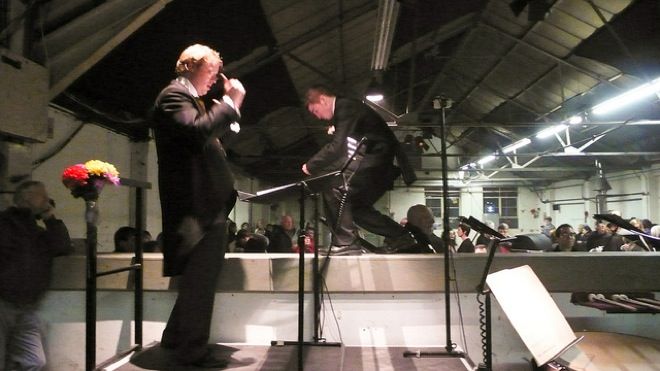
.JPG)

